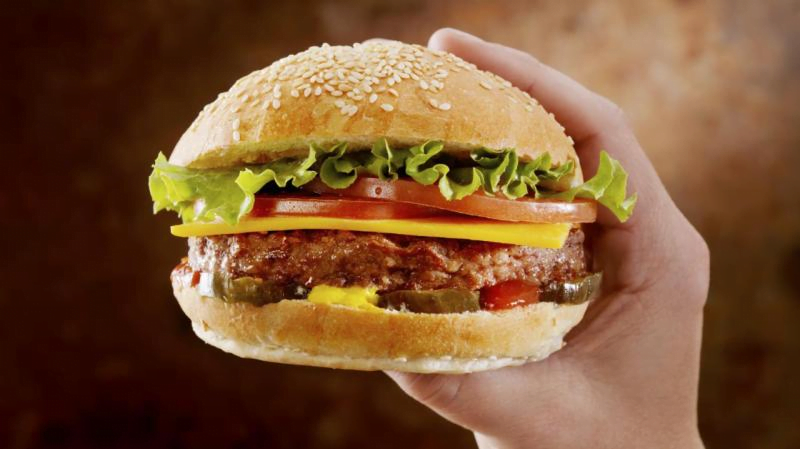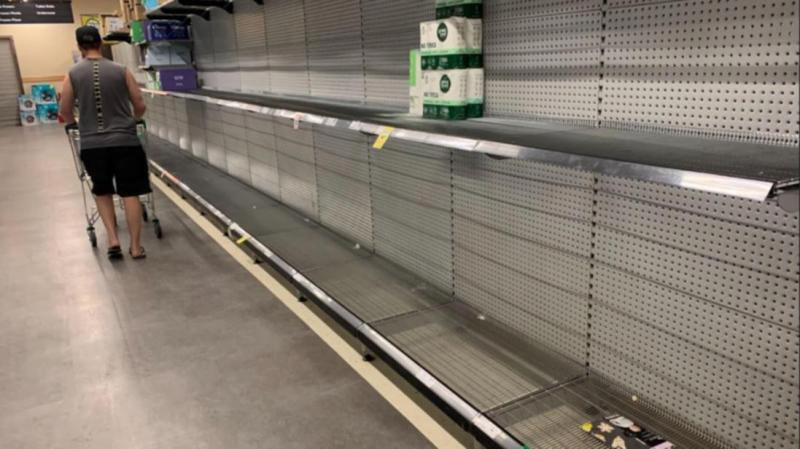Woolworths is best positioned to pass on inflation and higher costs of doing business to shoppers and has proven to be a “hard negotiator” with suppliers seeking price rises, building a strong defensive wall protecting its profitability, according to a Goldman Sachs analyst.
The nation’s largest supermarket chain has also built itself a commanding online presence, grabbing a leading market share, and while there is some evidence that arch-rival Coles is catching up, it will take several years before it can better compete, Goldman Sachs analyst Lisa Deng has argued in a recent deep dive into the $110bn supermarket sector.
And with Woolworths and Coles shares both falling in the midst of the current global sharemarket rout, Ms Deng believes that the retreat by Woolworths stock has taken it to around 8 per cent below its five-year historical average price to earnings ratio.
For investors looking for a reason to buy, Ms Deng said the Woolworths share price fall has taken the stock to its lowest level of valuation premium to Coles since Coles was spun out from Wesfarmers in late 2018.
Meanwhile, a broader investigation into the supermarket sector by Goldman Sachs has thrown a spotlight on the continued resilience of the grocery space, with Ms Deng arguing most supermarket operators have not seen a change in consumer behaviour in the face of rampant inflation and stretched household budgets.
Supermarket bosses have been arguing for some time they expected to see consumers shift to cheaper, homebrand products as inflation soars and consumers look to save money on their food budgets.
“Most players have not seen a noticeable change in consumer behaviour such as softening in volume demand or down-trading yet though some early indicators suggest the shift to value may pick-up from hereon,” Ms Deng said.
The supermarkets, Woolworths and Coles, have suffered along with other blue-chip heavyweights in the current market slide with Woolworths shares down 7.77 per cent in the last month and Coles down 4.84 per cent. Metcash, a wholesale grocery supplier to independent supermarkets, has witnessed a sharper 14.96 per cent slide in its share price over the same period.
The pullback comes as supermarkets face pressure from suppliers to lift prices, pressure from investors to protect their profit margins and pass on those prices to shoppers but then push back from those shoppers who are reluctant or unable to spend more at the checkout.
Ms Deng argued in her supermarkets research report that Woolworths was “acting rationally” in passing on higher costs to customers, typically a good sign that it would protect its profit margins rather than swallowing these costs itself to keep a lid on shelf prices.
“We see Woolworths as acting rationally in passing cost increases through and in certain instances, increasing price more than costs to strategically re-invest to drive growth or protect (operating expense) inflation,” Ms Deng said.
“All players are seeing cost inflation but suppliers who are category leaders have been successful in passing cost through while smaller players have had a tougher time. Interestingly, it appears that Woolworths is passing through all cost increases in price rises, and in some cases, increasing prices more opportunistically to enable reinvestment into strategic categories to drive growth.
“Woolworths has proven a hard negotiator, and while key category leaders appear to be passing most of their cost inflation through, smaller players with less bargaining power are less successful in fully passing their costs through.”
She said most grocery industry players will likely go back for a “second round negotiations this year”.
“That said, Woolworths appears to be passing through all of its cost of goods sold inflation and more. In certain categories, it will take price to protect gross profit margins or even put through some more price increases so it can reinvest back to building growth.”
Ms Deng argued that supply chain disruption and cost inflation remain wide-spread in the supermarkets sector, although the supply chain is appearing to stabilise with stock-outs now less of an issue.
Turning to online, she said that foot traffic to online grocers remained strong. Latest research showed that traffic to Woolworths online website grew 28.7 per cent in April 2022, against some reversion of Coles at 19.4 per cent.
A recent Citi report found that the gap between Coles and Woolworths as the most preferred online grocer was evident in their online growth. In the first half of 2022, Woolworths reported 10.8 per cent online penetration, while Coles had reported 8.2 per cent over the same period.
A Citi survey also showed that Woolworths had captured a greater share than Coles, with the number of respondents using some form of Woolworths online growing from around 14 per cent to 21 per cent. Correspondingly, that metric for Coles has grown from around 9 per cent to 13 per cent.
Although that gap might close as Coles pushes ahead with its $150m-plus investment to radically expand its shopping platform including a tie-up with global automated fulfilment centre player Ocado. That deal will almost double Coles’ capacity to transact home deliveries from online orders, making it a new leading player in the online grocery shopping sector.
“While there is some evidence of Coles catching up, channel check participants expect it to be several years before Coles has the capabilities to compete,” said Ms Deng.
“That said, Coles is more open to testing more initiatives with suppliers as it attempts to build new strategic growth with key suppliers, leveraging Flybuys data.”
Extracted from The Australian


